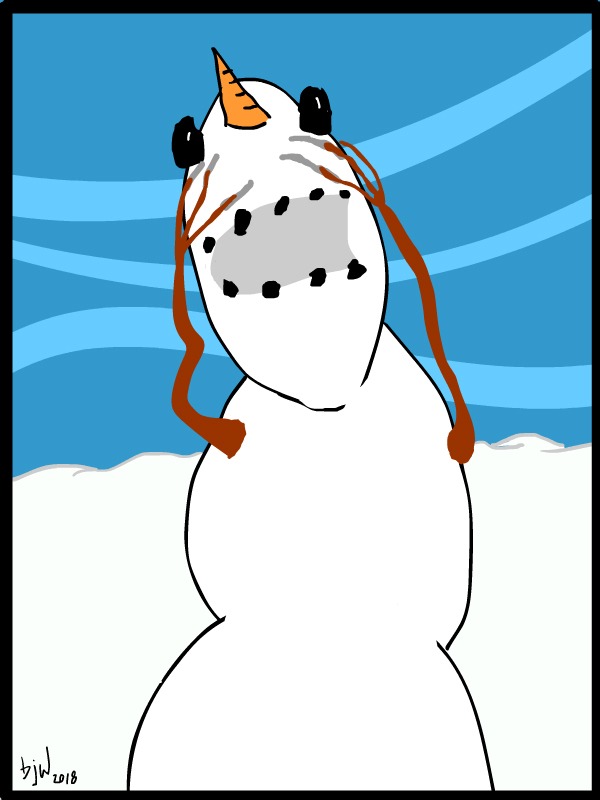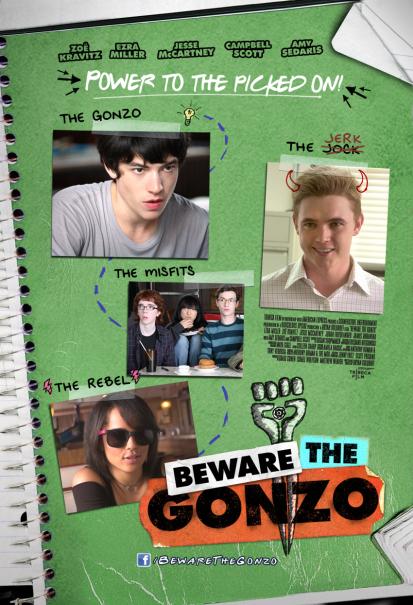Bought a new Wacom Intuos drawing tablet with some Xmas/Birthday cash that came my way this year. Very happy to be working with it again. Lots to relearn.

Startling Stories for All Ages
Bought a new Wacom Intuos drawing tablet with some Xmas/Birthday cash that came my way this year. Very happy to be working with it again. Lots to relearn.

Having finished the first two pages of Avenge-O The Crimefighting Robot only to find that Supermarket Action! wasn’t happening killed my enthusiasm to finish the rest if it.
A few years later, I contracted San Diego cartoonist Jorge Pacheco to tackle the second part of the story. He did a nice job.
(Click on the first image to view the gallery.)
Story by Bradley James Weber
Art by Jorge Pacheco
(Copyright 2007 Bradley James Weber)
Way back when the Art Sunday gang was the Fine Arts Guild, somebody came up with the idea of doing a group comic. Everybody would get five pages. The title and theme: Supermarket Action! I thought this would be a fine showcase for the crimefighting robot idea that I’d been kicking around for a while.
For one reason or another, Supermarket Action! never got off the ground.
Here are the first two pages of my five. You can read the other three at the “.38 Caliber Discount” post.
(Click the first image to view the gallery)
 Went looking to Netflix for the Gonzo doco the other day and found this.
Went looking to Netflix for the Gonzo doco the other day and found this.
Here’s the plot summary from Wikipedia:
Eddie “Gonzo” Gilman is the head geek at his high school—and determined to do something about it. When Gavin, the popular editor of the school paper, fires him, Eddie obtains revenge by establishing an underground paper of his own. He gains popularity and makes a new friend, Evie Wallace, and it soon gains the attention of the principal, escalating to a bombshell crisis.
The movie was decent; well worth a watch. I may watch it again in a few months. It hit many of the notes that Hunter played: truth, outrage, getting the bastards, and what we like to think of as his total commitment to the cause — whatever it is and damn safety and the consequences. Though I somehow think that the kid in the movie had the greater courage of his convictions. Maybe it’s because he’s in high school and that kind of high-contrast worldview, the absolutism, comes naturally with the age. Or not. I’m still a fairly hard-core absolutist, which can be miserable to live with, sometimes. My wife is a saint.
Still and all, the movie stuck very close to Hunter’s philosophy and the overall Gonzo ethos, if not strictly to Gonzo Journalism.
When watching, keep an eye on how Gillman’s wardrobe evolves throughout the film.